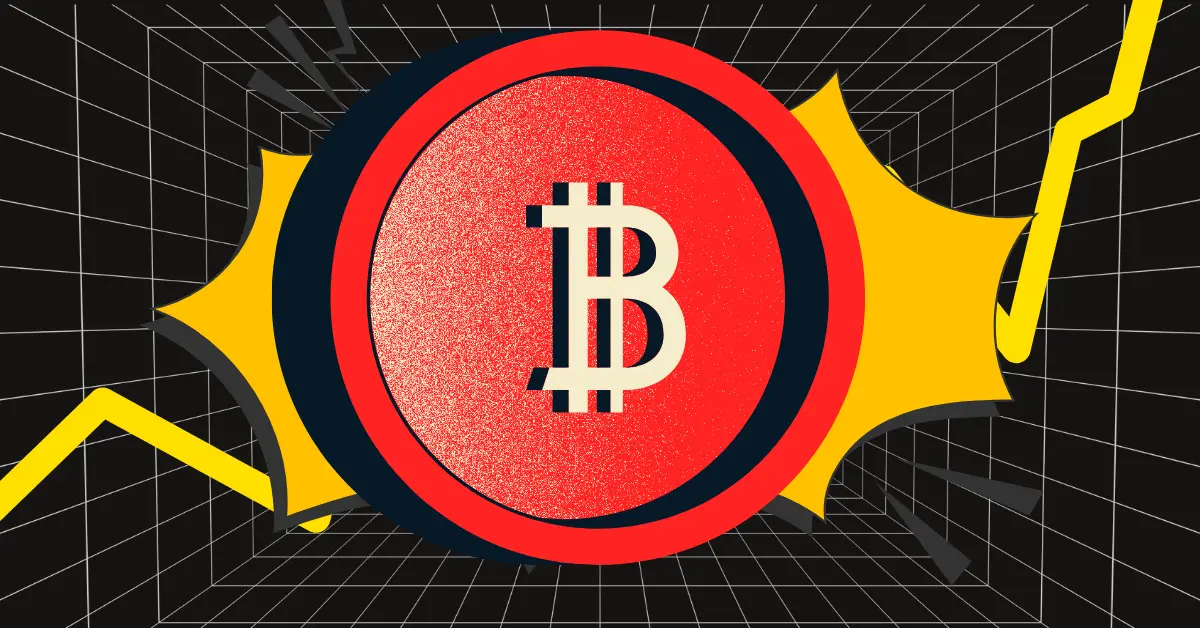Understanding the Coinbase Premium: A Key Indicator of U.S. Bitcoin Demand
Introduction to the Coinbase Premium
The Coinbase Premium is a critical metric in the cryptocurrency market, offering a window into the relative strength of Bitcoin demand within the United States. This premium is calculated by comparing the price of Bitcoin on Coinbase, a platform heavily used by U.S. investors, with the price on Binance, a global exchange. When Bitcoin trades at a higher price on Coinbase than on Binance, it indicates stronger buying pressure from U.S. investors, resulting in a positive premium. Conversely, a negative premium suggests weaker demand, as Bitcoin is cheaper on Coinbase compared to other global exchanges.
The Mechanics of the Coinbase Premium
The Coinbase Premium is derived from the price differential between Bitcoin on Coinbase Pro (traded in USD) and Binance (traded in USDT). A positive premium implies that U.S. investors are willing to pay more for Bitcoin, reflecting strong demand. This can be driven by various factors, including institutional buying, regulatory clarity, or positive market sentiment. On the other hand, a negative premium indicates that U.S. investors are selling Bitcoin at a discount, which can be a sign of weakening demand or increased selling pressure.
Implications of a Negative Coinbase Premium
A negative Coinbase Premium can have several implications for the broader cryptocurrency market:
Factors Contributing to the Negative Shift
Several factors may have contributed to the recent shift of the Coinbase Premium into negative territory:
Is U.S. Demand Collapsing?
While the negative Coinbase Premium undoubtedly signals a weakening of U.S. demand, it’s premature to conclude that demand is collapsing entirely. The cryptocurrency market is inherently cyclical, and periods of exuberance are often followed by periods of consolidation or correction. The current negative premium could simply represent a temporary pullback as the market digests recent gains and adjusts to evolving conditions.
However, the negative premium does warrant close attention. If it persists for an extended period, it could indicate a more fundamental shift in U.S. investor sentiment, potentially leading to a more prolonged period of price weakness.
Historical Context and Comparisons
Analyzing historical data can provide valuable insights into the significance of the current negative Coinbase Premium. Examining past instances of negative premiums, their duration, and their subsequent impact on Bitcoin’s price can help investors gauge the potential implications of the current situation. It’s crucial to consider the broader market context during these historical periods, including factors such as regulatory developments, macroeconomic conditions, and overall investor sentiment.
The Role of Bitcoin ETFs
The introduction of Bitcoin ETFs has significantly altered the landscape of Bitcoin investing in the United States. These ETFs provide a more accessible and regulated avenue for institutional and retail investors to gain exposure to Bitcoin. The performance of these ETFs, particularly the volume of inflows and outflows, can offer valuable clues about the underlying demand for Bitcoin in the U.S. A sustained period of ETF outflows could exacerbate the negative pressure indicated by the Coinbase Premium.
What Needs to Happen for a Reversal?
For the Coinbase Premium to revert to positive territory and signal a resurgence in U.S. demand, several factors would likely need to align:
Conclusion: Navigating the Uncertainties
The negative Coinbase Premium serves as a crucial indicator, spotlighting a potential cooling of U.S. Bitcoin demand. While not necessarily indicative of a total collapse, it does suggest a shift in market dynamics that demands careful consideration. Monitoring the duration and depth of this negative premium, alongside other key indicators such as ETF flows and regulatory developments, is vital for navigating the inherent uncertainties of the cryptocurrency market. Understanding the forces behind the Coinbase Premium is key to making informed decisions in a rapidly evolving market. Ultimately, the future trajectory of Bitcoin’s price will depend on a complex interplay of factors, with U.S. demand playing a significant, but not solitary, role.

